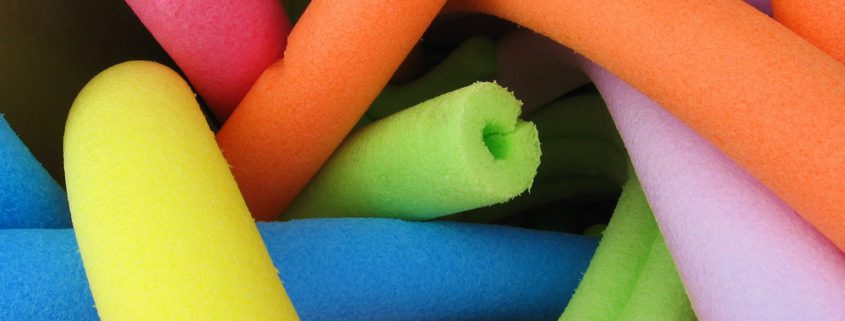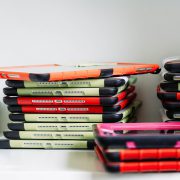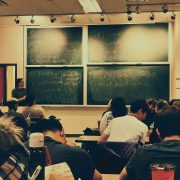How One Teacher Uses Styrofoam Pool Noodles to Teach Students about Chromosomes
Thanks to a fully funded DonorsChoose project, Mrs. McNair is now able to use styrofoam pool noodles to teach her students about chromosomes
Students can read about chromosomes and study pictures of them in textbooks. But because chromosomes are three-dimensional, students have a hard time envisioning what they really look like.
Faced with that problem Mrs. McNair, a science teacher at Marietta High School in Marietta, Georgia, decided to let her students build models of chromosomes using long Styrofoam pool noodles, multicolored duct tape, self-adhesive numbers and letters and other supplies. With that equipment and a little guidance, her students can assemble their own 3-D models of chromosomes and learn what they really look like.
“These supplies will allow my students to model the concepts of genetics and inheritance through the processes of mitosis, meiosis, and crossing over,” she explains. “The pool noodles are life-sized chromosomes that will allow students to gain a deeper understanding of a concept that is otherwise only visible in books and with special lab equipment. The tape will represent different heritable characteristics, allowing students to recognize patterns of dominant or recessive traits, and the bath letters will allow them to recognize these alleles. Hands-on models that the students have to build will deepen the understanding of these concepts.”
Contributions Bring the Chromosome Project to Life
Mrs. McNair decided to ask for funding by posting her project on DonorsChoose.org. Now her project is fully funded, thanks to contributions from the Student Research Foundation and other donors.
Mrs. McNair writes . . .
I am so thankful for your generosity! These supplies will come in at the perfect time, as we’re in the middle of our genetics unit and will use these immediately! My students have really enjoyed not only discovering how to develop and use models, but they have grown through modeling this year, and these pool middle chromosomes will be like a grand finale!
I truly appreciate all of the support in my teaching goals and the learning goals I set for my wonderful students!
Looking Ahead for Mrs. McNair’s Students. . .
More than half of the students at Marietta High School come from low-income households. And now, they are learning about genetics thanks to an imaginative teacher like Mrs. McNair. It proves that even small contributions from concerned individuals can help assure that today’s students are learning the STEM concepts they need for success in college and their careers. Who knows how many of these students will now end up with a STEM degree and pursue one of the many career opportunities available to STEM graduates.
We look forward to writing about the success of more DonorsChoose.org teacher projects here on the Student Research Foundation blog. Stay tuned!
We Invite You to Explore All Your Career and College Options . . .
Participate in the National Career & College Pathway Study to gain new insights about making educational decisions that align with your interests, passions, and aptitudes. Students who complete the study will receive information on college and career opportunities which match their interests.
Related Posts
How Mrs. Henry’s Project Nurtured Her Students’ Desire to Teach Others
An Essential Way for Classroom Teachers to Connect
Get to Know the American Association of Physics Teachers
Where Are the Future Jobs in Robotics?










Leave a Reply
Want to join the discussion?Feel free to contribute!